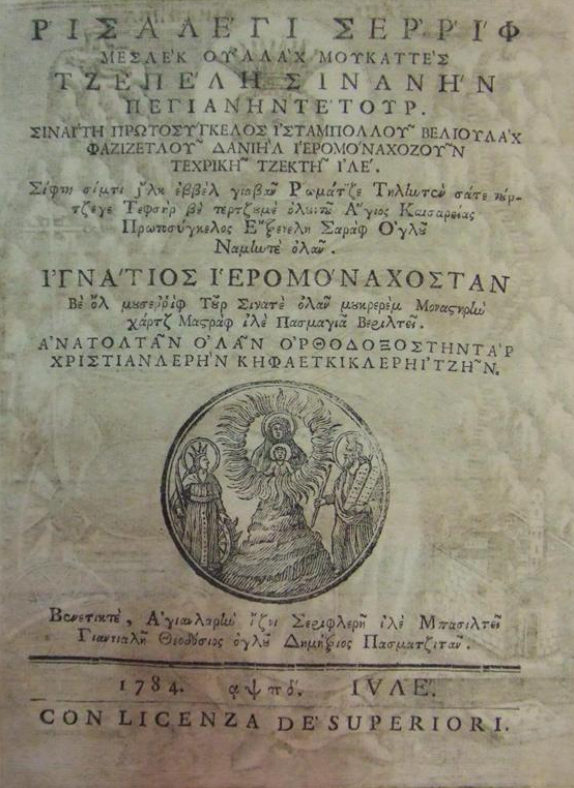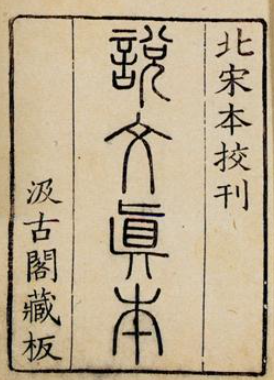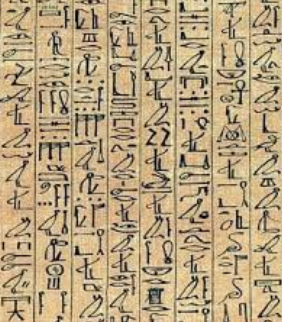“An alphabet is a standardized set of written letters that represent particular spoken sounds in a language. Specifically, letters correspond to phonemes, the categories of sounds that can distinguish one word from another in a given language.” Read more on Wikipedia
“In a written language, a logogram, also logograph or lexigraph, is a written character that represents a semantic component of a language, such as a word or morpheme. Chinese characters as used in Chinese as well as other languages are logograms, as are Egyptian hieroglyphs and characters in cuneiform script.” Read more on Wikipedia

Alphabetic
Greek
Logographic
Chinese

Are Alphabetic Writing Systems “Better” than Logographic?
Hundreds of languages are founded upon the alphabet, and for the last 2000 years, alphabets have dominated the linguistic area of society. Only five modern languages use a logographic system, a system with characters representing words (Λoγoς = word, γραφoς = write). However, with 1.5 billion Chinese and Japanese speakers in the modern day, this begs the question, which system is better?
The alphabet consists of a select amount of symbols to remember, whereas logograms are endless, making an alphabet easier to learn. This also makes it easier to read an alphabetic script; one would not necessarily have to know the meaning of the word; one can easily sound it out. In Mandarin,* when learning a word, you must memorise the sound, the character, and the meaning. The alphabet will eliminate the sound factor, causing it to be more straightforward.
On the contrary, a word in Mandarin can convey more meaning than a single letter. For example, if you consider the word ‘跑’ from Mandarin, meaning to run or flee, 跑 is a concept expressed in a small space, so it is favourable in headlines where text is limited.
Another issue with the logographic system is that it can be slower. Each Mandarin character has a unique stroke combination and order; in contrast, the letters of the alphabet are the same every time.†
On the one hand, in alphabetic writing systems, it is easier to create new words because you only need to combine letters in a different order. On the other hand, you can combine radicals in Mandarin. However, overall, there are more possibilities in an alphabet.
In conclusion, I believe that the alphabet is more effortless than ideograms. I think it can live longer because you can make more words, and I think it is easier to learn if one wants to achieve complete fluency.
*I use Mandarin Chinese as an example because it is the most common and closely related to the logographic systems’ common ancestor.
This excludes some exceptions such as sigma (Σ,σ,ς) or Arabic letters where the letters transform to connect with the previous character. Despite this, the letters are still more familiar.

One response
Testing